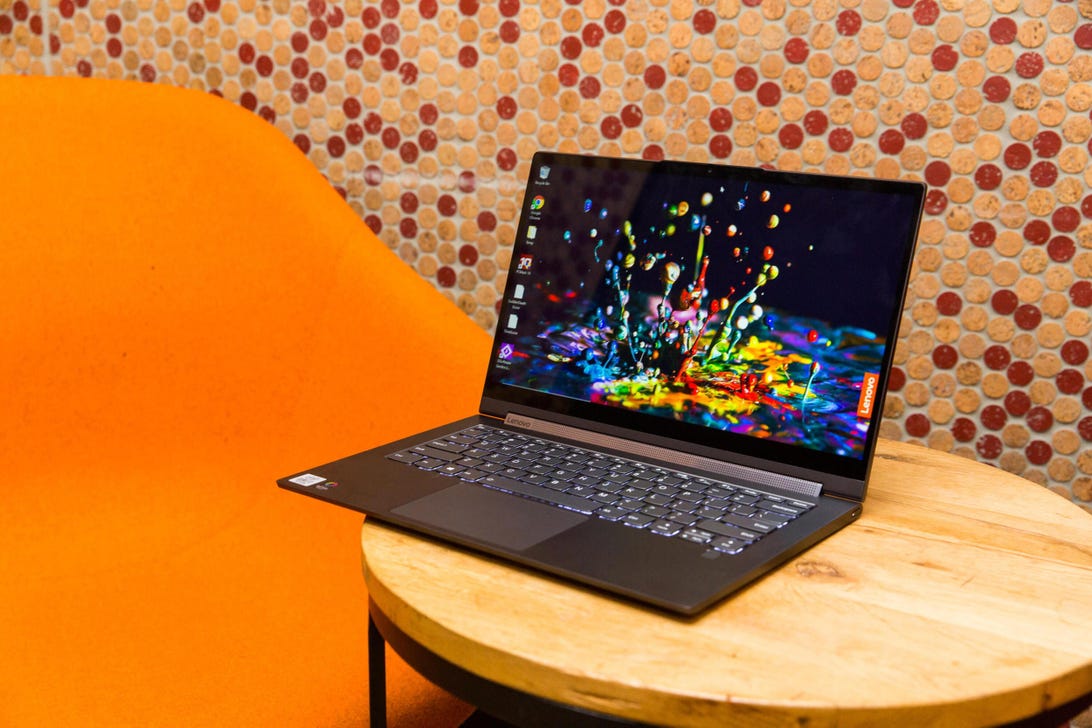
Windows 11 brought some welcome new features and a redesigned interface, but we haven’t gotten everything we wanted.
MicrosoftWindows 11, Microsoft’s newest operating system, flaunts some worthy upgrades compared to Windows 10. The new OS sports a redesigned interface with a more Mac-like aesthetic and some useful new features (including easier virtual desktop creation, widgets, Android app downloads and a more integrated Microsoft Teams experience), but it left us wanting more in terms of performance and productivity features. In fact, several features we hoped to see didn’t become a reality.
Before we get into that, here’s how to download Windows 11 if you haven’t already. And though we’re disappointed in some of its missing features, Windows 11 does have a lot to offer. Plus, here’s how to know if your device is compatible with Windows 11 and what to do if you really don’t want to ditch Windows 10 yet.
Read more: Windows 11 review: The new OS makes you ask, update or wait?
Here are some of the changes we would have liked to see in Windows 11, but didn’t.
A vertical taskbar option
While you can move your taskbar in Windows 10 to a vertical position to the left or right edge of the screen, the final result is often a bit messy in terms of the user interface. We were hoping this would still be an option in Windows 11, just cleaned up a bit. However, it appears that Microsoft nixed the feature, and you’ll need to keep the taskbar at the bottom of the screen.
Computational videography for webcams
With many people shifting to remote or hybrid work, the need for a solid webcam experience is imperative for all of those Zoom and Teams calls. The iPhone and recent Google Pixel phones already include computational image processing to improve quality. We would have loved to see this feature in Windows 11 for webcams, which could have also given PCs an edge over the M1 Macs, but no dice.
Faster Windows updates
Windows 10 represented Microsoft’s move to deliver Windows as a service, with continuous updates — which is great for keeping machines secure. However, these updates can be slow. In Windows 11, we’d like to see an approach more similar to Google’s with Chrome OS, where the upgrade occurs in a second partition so it’s done in the background. But it seems like the process to upgrade to Windows 11 once it’s available for you is the same as it has been for Windows 10.
Faster shutdown, restart and wake from sleep
PCs running Windows 10 can face slower shutdown, restart and wake-from-sleep times, sometimes due to the need to close apps like the task manager. We’d have liked to see those options sped up in Windows 11, but Microsoft didn’t mention any changes on this front.


Wake up faster, Windows 11.
Sarah Tew/CNETThree-finger trackpad for drag and drop
MacOS offers the option to use three fingers on the trackpad to drag and drop items. But Windows machines currently make you double-click to do this. Again, Microsoft didn’t mention any change here.
Easier options to reverse the scroll direction
MacOS makes it easy to reverse the direction of your mouse scroll if you want to from System Preferences. But in Windows 10, you have to go into the Registry, and it’s a more complicated process.
Simpler user account creation
In Windows 10, you need to log in to create a new user account, and Microsoft recommends that the new account is also attached to a Microsoft account. While we wanted to see easier user account creation without logging in or being pressured to create or connect a Microsoft account, Windows 11 Home goes in the opposite direction — you’ll need to have a Microsoft account and an internet connection to get the upgrade.


Most people will need both a Microsoft account and an internet connection to update to Windows 11.
Sarah Tew/CNETImproved setup of multiple camera, webcam, mics and headsets
With the rise of working from home, more people are improving their computer setups with multiple webcams, mics and headsets. However, Windows 10 makes it tricky to choose the device you want to use, and sometimes requires you to disable one of the others. While Windows 11 has added some useful features for the hybrid workplace, including easier desktop creation, Microsoft executives didn’t discuss any changes from the hardware setup perspective.
What other features would you have liked to see in Windows 11? Sound off in the comments below.
For more, check out how to download Windows 11, how to check if your PC is compatible with Windows 11 and how to fix the “This PC can’t run Windows 11” error.




